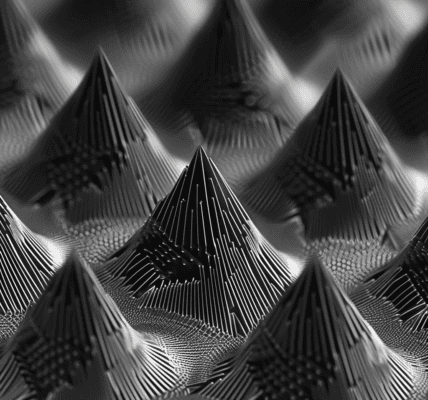An international research group led by the Italian National Institute for Astrophysics (INAF) and comprising 34 research institutes and universities worldwide utilized the Near-Infrared Spectrograph (NIRSpec) on board the James Webb Space Telescope (JWST) to witness the dramatic interaction between a quasar inside the PJ308–21 system and two massive satellite galaxies in the distant universe.
The observations, made in September 2022, unveiled unprecedented and awe-inspiring details, providing new insights into the growth of galaxies in the early universe. The results, presented July 5 during the European Astronomical Society (EAS 2024) meeting in Padua (Italy), will be published soon in Astronomy & Astrophysics.
Observations of this quasar (already described by the same authors in another study published last May), one of the first studied with NIRSpec when the universe was less than a billion years old (redshift z = 6.2342), have revealed data of sensational quality: the instrument “captured” the quasar’s spectrum with an uncertainty of less than 1% per pixel.
The host galaxy of PJ308–21 shows high metallicity and photoionization conditions typical of an active galactic nucleus (AGN), whereas one of the satellite galaxies exhibits low metallicity (which refers to the abundance of chemical elements heavier than hydrogen and helium) and photoionization induced by star formation; a higher metallicity characterizes the second satellite galaxy, which is partially photoionized by the quasar.
The discovery has enabled astronomers to determine the mass of the supermassive black hole at the center of the system (about 2 billion solar masses). It also confirmed that both the quasar and the surrounding galaxies are highly evolved in mass and metal enrichment, and in constant growth.
This has profound implications for our understanding of cosmic history and galaxies’ chemical evolution, highlighting this research’s transformative impact.
Roberto Decarli, a researcher at INAF in Bologna and first author of the article, explains, “Our study reveals that both the black holes at the center of high-redshift quasars and the galaxies





